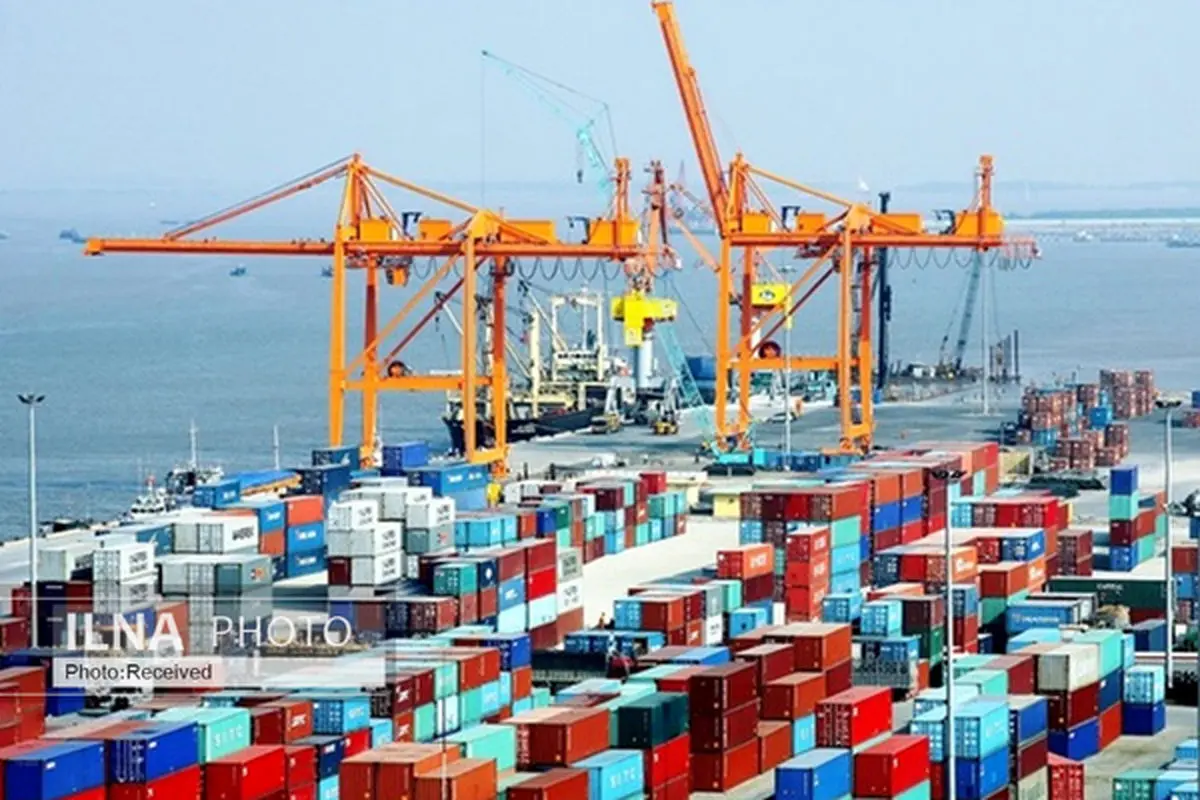Iran non-oil foreign trade hits record low in a decade

President of Institute for Trade Studies and Research (ITSR) says the value of Iran’s non-oil foreign trade has slumped to its lowest level in the past decade as the country needs the removal of sanctions.
Speaking to ILNA, Marjan Faqih Nasiri said that the value of the foreign trade of the country in the non-oil imports and exports has declined from $105.9b per year with average 3.9 percent annual decrease to $73.9b last year, and the figures show the national foreign trade has seen contraction in a ten-year period.
On the trend of the national trade in the last decade, she said according to Iran’s Customs Administration, the value of non-oil foreign trade of the country with an average of 3.9 percent annual decrease has slumped from $105.9b in 2011 to $73.9b in 2021, therefore, in a ten-year period, the country has witnessed a contraction in its foreign trade which does not match its macro plans and goals regarding the increase of trade in accordance with the economic growth.
She added that this downward trend in the national trade has always been affected by the ups and downs and international turbulences especially after the U.S. maximum sanctions.
Faqih Nasiri noted that sanctions in 2011 led to a strong slump in the exports of goods like chemical and petrochemical products, oil products and dried fruits as well as restrictions on imports due to the problem in transaction of forex, and all these factors led to the decrease in the foreign trade as the foreign trade volume fell to $83.9b in 2014 which is considered the lowest figure in the preceding five years before the JCPOA deal.
Faqih Nasiri noted that after the JCPOA in July 2015, the foreign trade faced upward trend as the trade volume faced the average 10-percent annual growth in the next two years and the trade volume touched $101.5b. So stepping up the sanctions had an important role in restricting the foreign trade, she added.
She also said that the U.S. pullout of the JCPOA in May 2018 and increasing restrictions especially in the fields of transferring forex led to more contraction in the national foreign trade. The decrease in the forex resources being earned through exports actually affected the imports, she said, adding that imports increased by 1.2 percent despite 7 percent decrease in the non-oil exports and considering the provision of the national needs and managing the domestic market.
Faqih Nasiri went on to say that the outbreak of the coronavirus affected the world trade and actually worsened the condition in our national economy but sanctions made the effects of the virus be worse in our country, and since two years ago, plans for developing exports have been focused on 15 neighboring countries as well as India and China.
She also blamed the problems for transfer of forex for boosting the trade, adding that all efforts to unblock the assets have been in vain.
She reiterated that the country needs removal of sanctions for revival of its foreign trade and expressed her views for improving the trade.
Faqih Nasiri said that after the increase of sanctions, all plans for developing exports were focused on 15 neighboring countries as well as India and China. She added that these countries accounted for 87 percent of Iran’s exports. She said last year, the value of the exports to the neighboring countries was over $20b and exports to India and China were some $10b while the demands of 15 neighboring countries for imports are over $1,000b which should be taken into consideration for reinforcing the presence in those markets.
She reiterated that the neighboring countries need imports of oil and gas products as well as plastic but Iran has met only 10 percent of their demands, and therefore, Iran should work more on these fields for active presence in those states.
END
